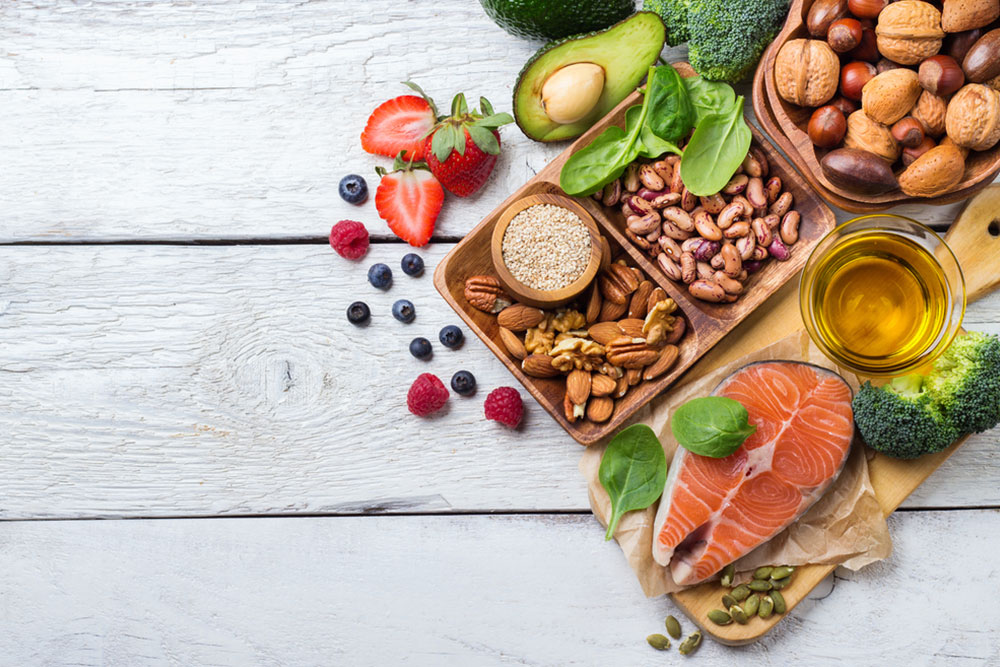
Diets & Meal Plans
Top healthy snacks for kids
Would it not be great if you could add nutrients to your kid’s diet through foods they love to eat? There are some excellent snack ideas that actually make it possible for you to make snacking both fun and nutritionally-satisfying for your kid. And you can prepare these at home without applying too much of an effort. Here are some snacks for your child that are healthy and nutritious: Popcorn: Popcorn is a huge favorite with children. The best part is that it is made from whole grains that are rich in fiber and essential nutrients. Cookies : Cookies can be healthy, unlike what most people think. You simply have to use the correct ingredients. For instance, you should opt for whole wheat flour instead of refined white flour; you can even add rolled oats to make them fiber-rich, and can replace butter with applesauce to lower the amount of saturated fats. When you give your child healthy cookies with low-fat milk, the snack becomes both well-balanced and nutritious. Pizza : This is similar to the sandwich as a snack idea but it is possible to make it healthy by using toppings like sliced peppers, olives, and ham. The pizza should be made from premade whole wheat dough, which is easy to buy. Crispy rice treats : These are puffed rice snowballs that have seeds and dried fruits, and makes for an excellent kid-friendly snack that’s rich in fiber and proteins. Cheese : This is a readily available home snack that can be an excellent source of calcium, fats, and protein for your kid. Full-fat dairy foods will satisfy your kid’s need for calcium and Vitamins D and A, while cheese will give your kid high-quality protein that is a must for optimum growth. Veggie pita pocket : Most parents are worried that their kids do not eat enough vegetables.












